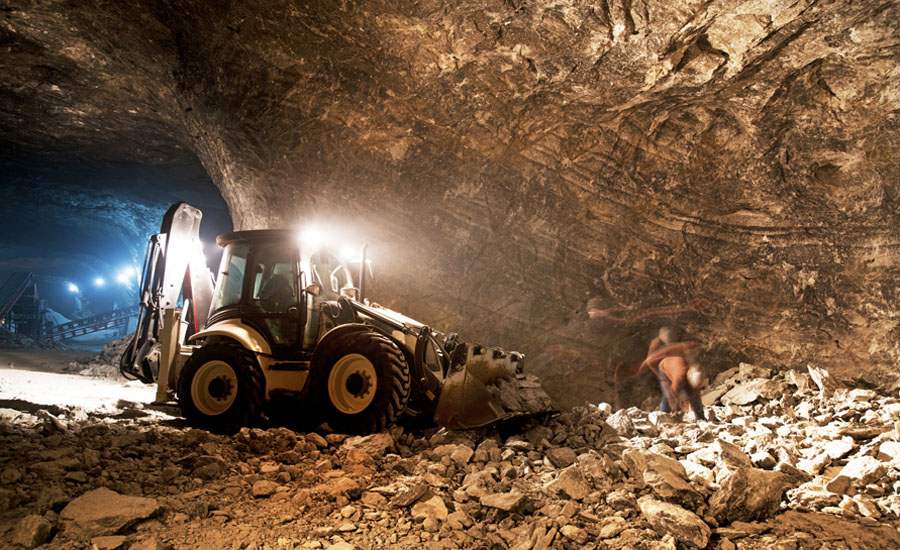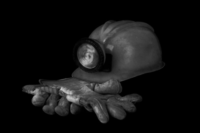From NIOSH Research Rounds:
Black lung disease affects both current and former coal miners

A new study at the National Institute for Occupational Safety and Health (NIOSH) underscores the importance of anticipating respiratory disease, including black lung disease and loss of lung function, in former coal miners to allow them to receive an appropriate diagnosis and medical care. The study also shows the importance of reducing exposures to coal mine dust, which puts current miners at risk for this serious work-related illness. Black lung disease is also known as pneumoconiosis.
In the current study, NIOSH investigators compared results from the program’s testing of active and former coal miners in Alabama, Illinois, Indiana, Kentucky, Pennsylvania, Virginia, and West Virginia. They found that former miners were significantly more likely than current miners to have signs of black lung disease on x-ray imaging and impaired lung function on spirometry tests. The increased rate of disease among former miners persisted even after controlling for other possible causes, such as length of time spent mining, smoking, and body-mass index, or weight relative to height. On average, these former miners had not worked in the mines for 14 years. These findings indicate that black lung disease continues to be a serious public health problem in the United States that affects not only current miners, but also former miners.
Irreversible and potentially deadly, black lung disease can take years to develop. It is also preventable by avoiding inhalation of coal mine dust. Yet, despite increased awareness that controlling dust in coal mines can protect miners, the overall rate of black lung disease has significantly increased over the past 16 years. Recently, NIOSH expanded its nationwide Coal Workers Health Surveillance Program, which provides free lung screenings to coal miners. Formerly, only underground coal miners were eligible for the lung screenings, which are offered about every 5 years. The expanded program gives access to these screenings to all coal miners, including underground and surface miners, as well as those who work as mining contractors. The screenings include chest x-rays for black lung disease and a test for lung function called spirometry.
NIOSH encourages all active coal miners to participate in the Coal Workers Health Surveillance Program and to monitor their respiratory health. NIOSH also encourages former miners to share their occupational histories with their healthcare providers.
For more information about the Coal Workers Health Surveillance Program, visit Occupational Respiratory Disease Surveillance.
For more information about preventing black lung disease, visit Pneumoconioses.
To read the journal article, go to Comparative Respiratory Morbidity of Former and Current US Coal Miners.
Looking for a reprint of this article?
From high-res PDFs to custom plaques, order your copy today!




